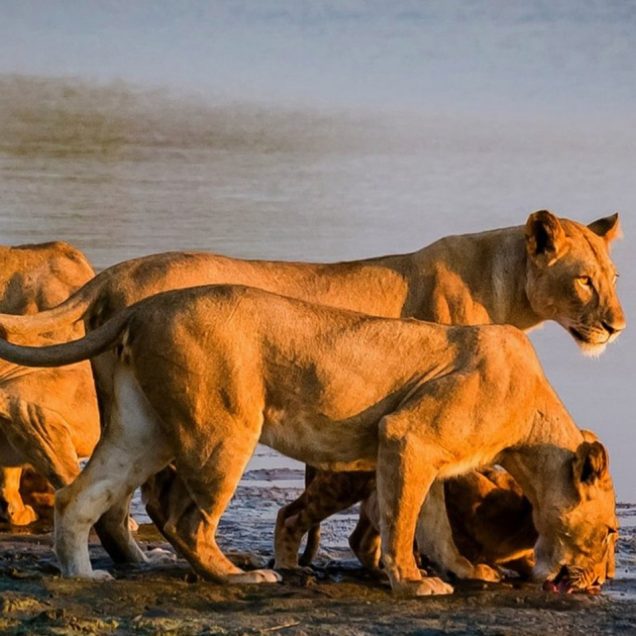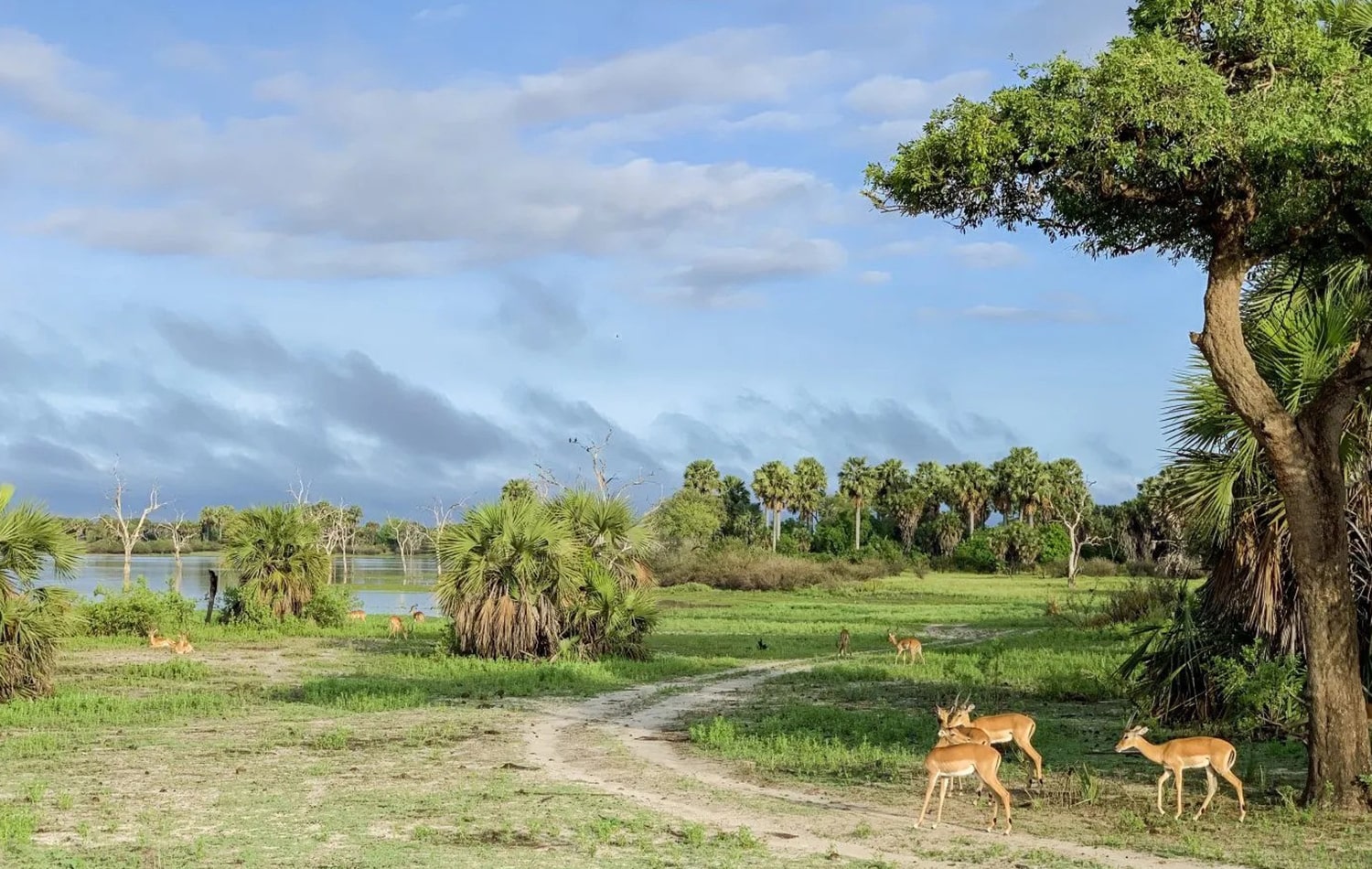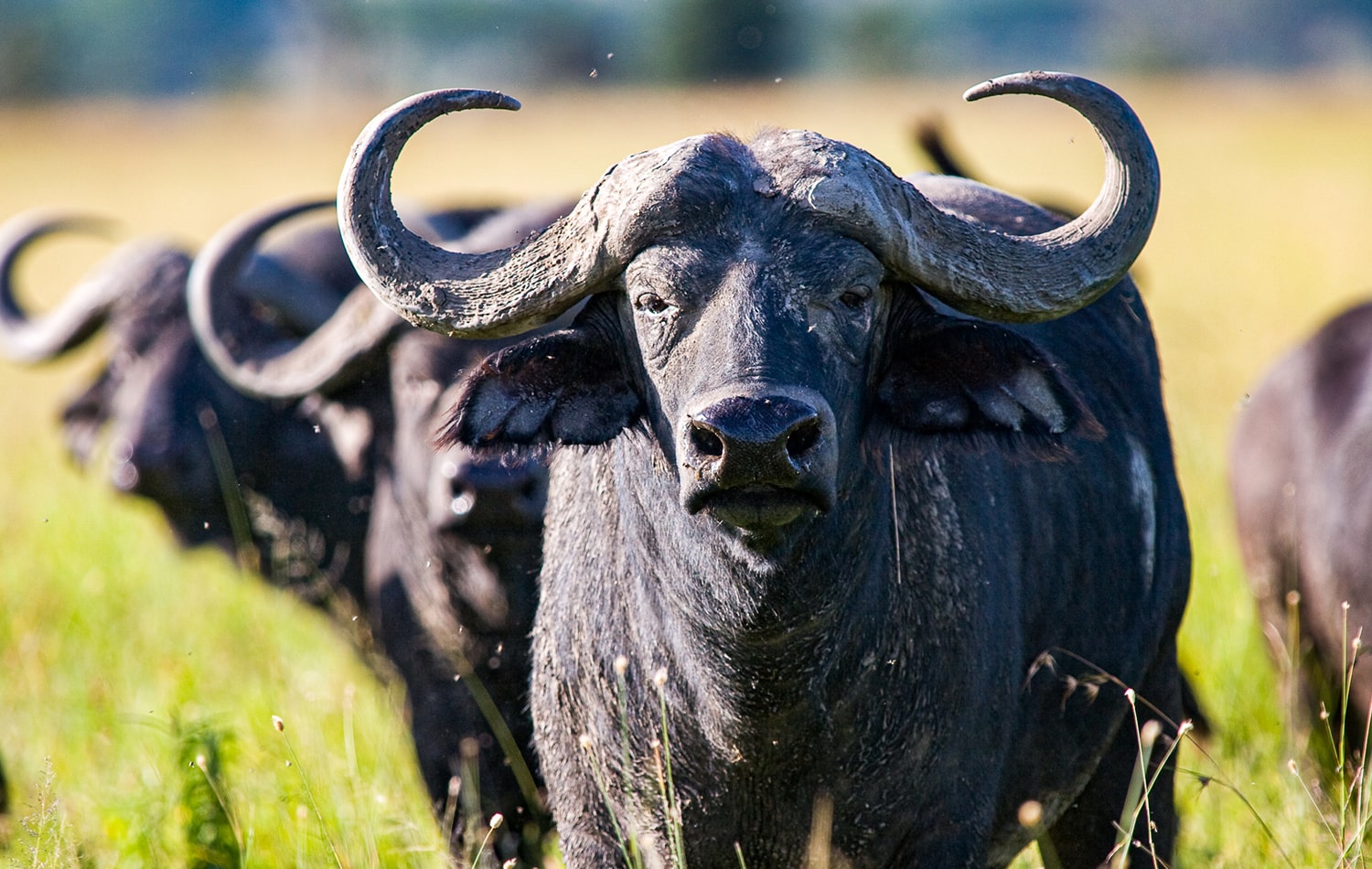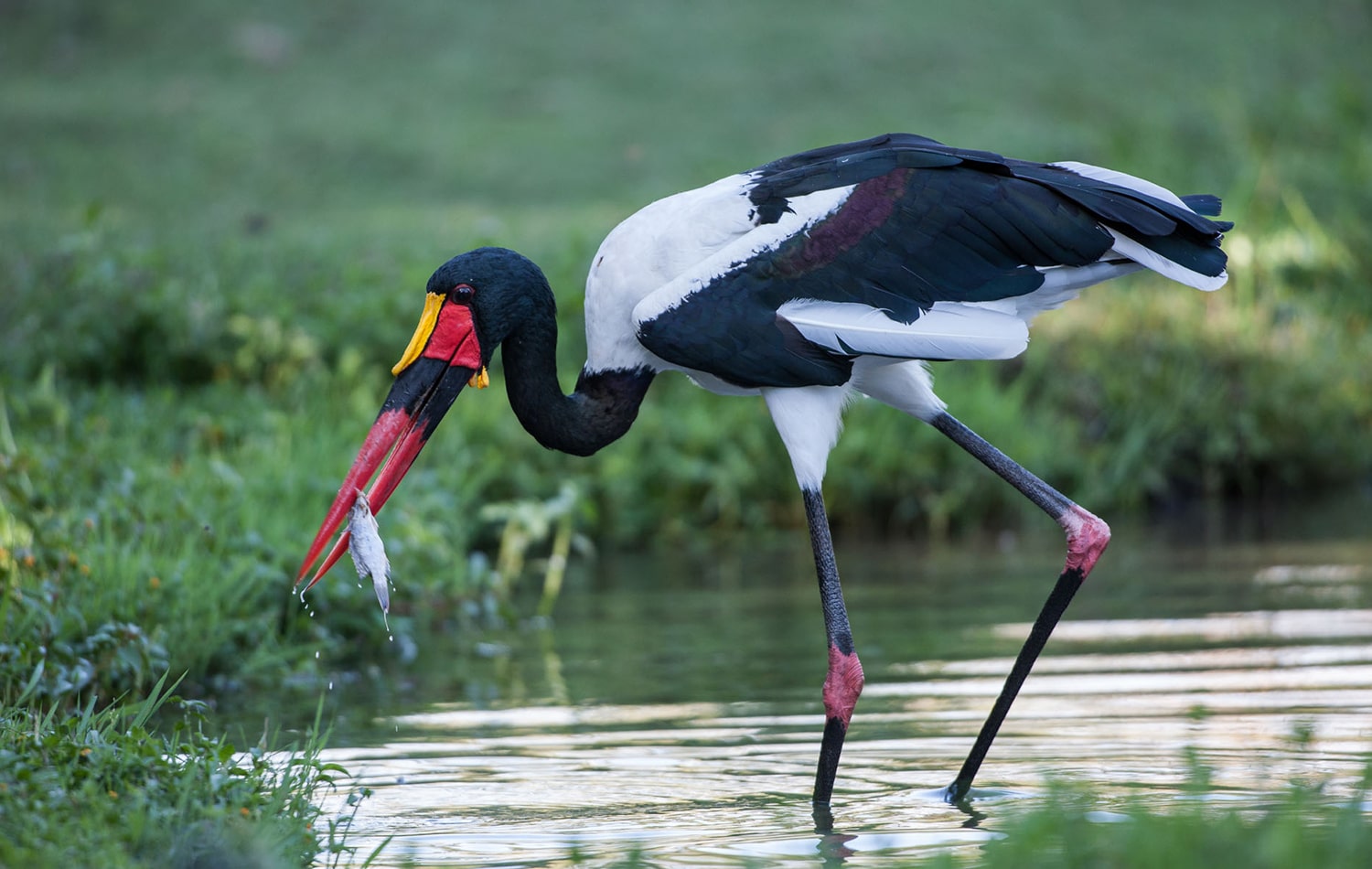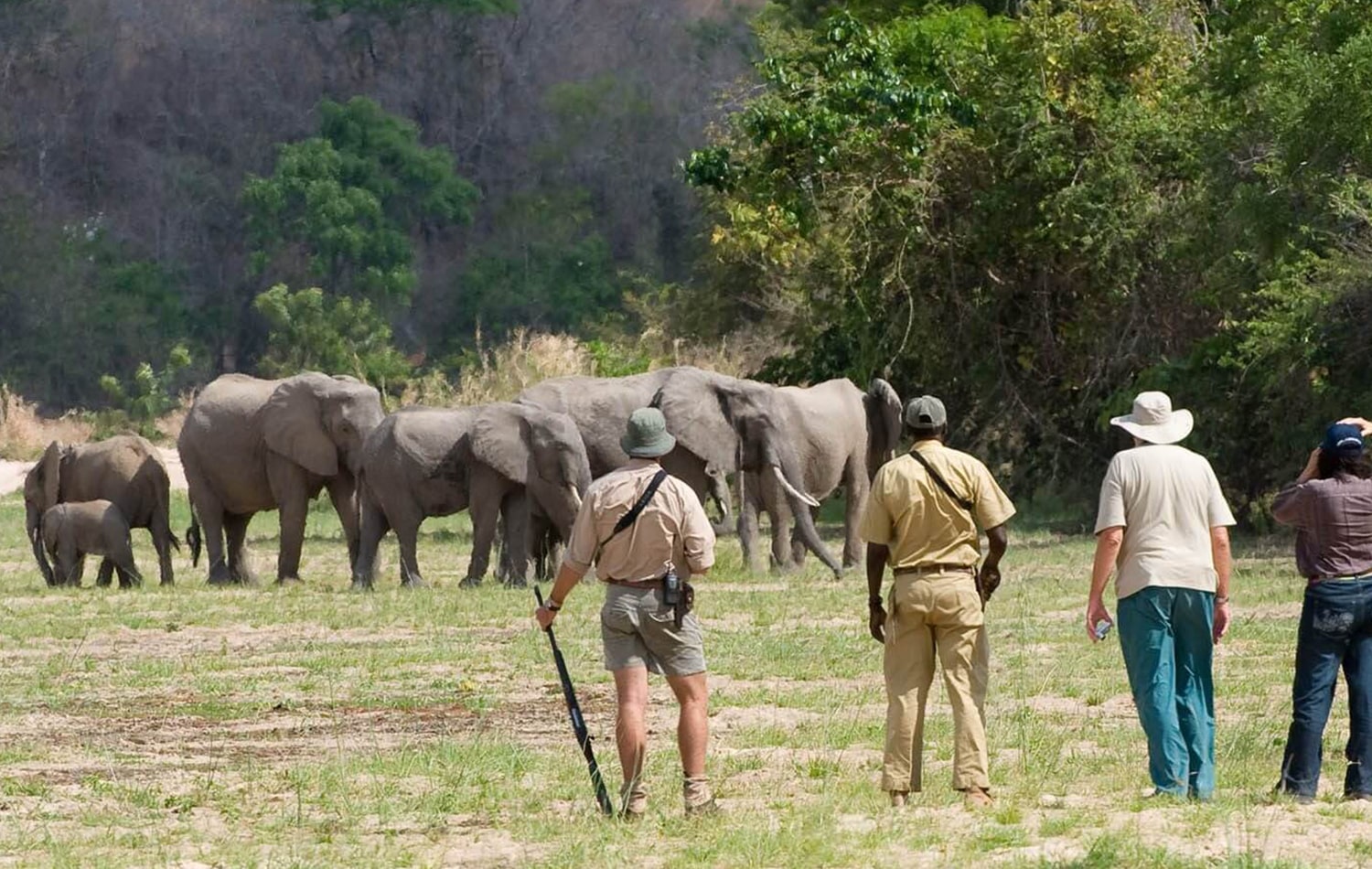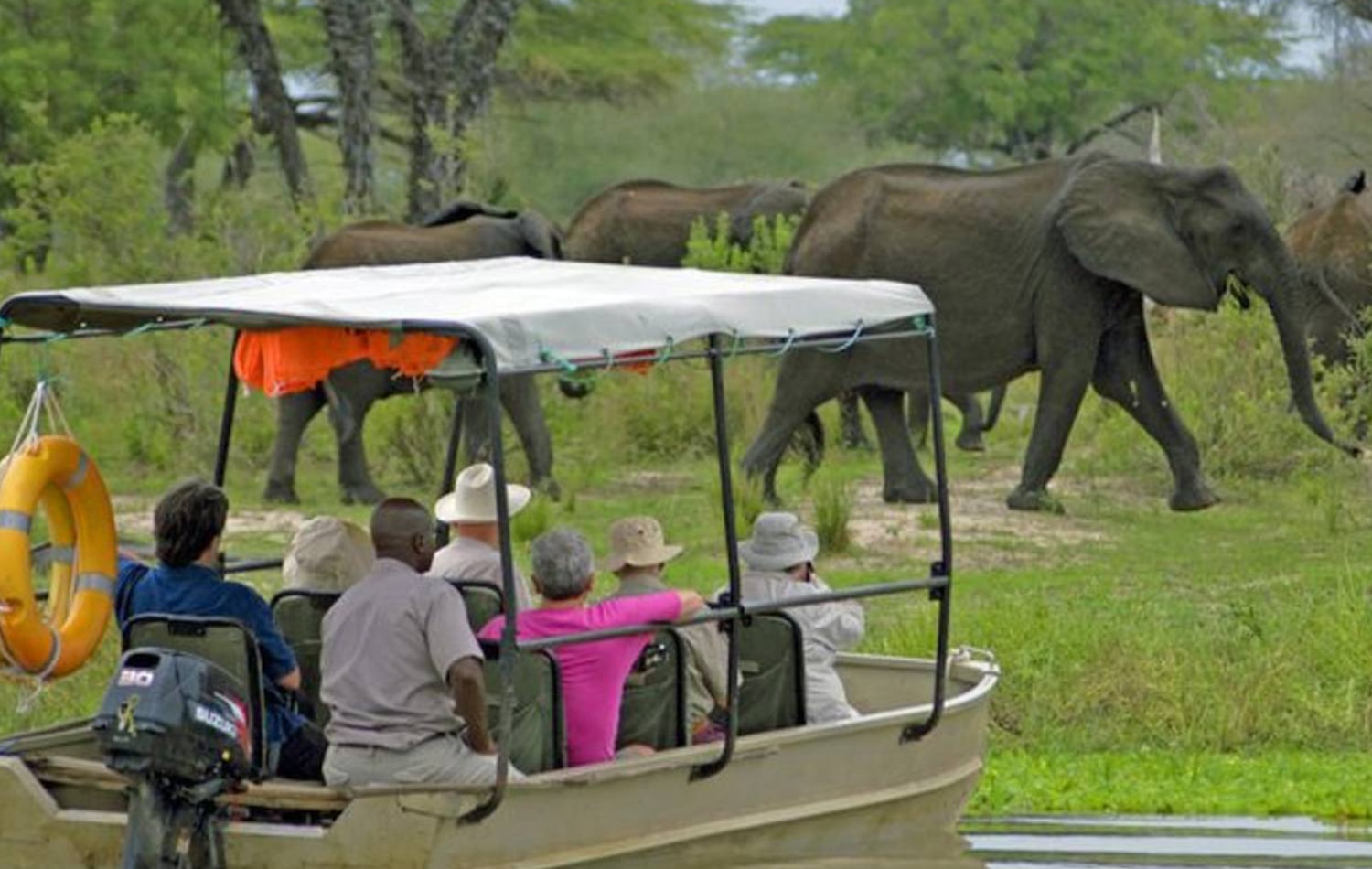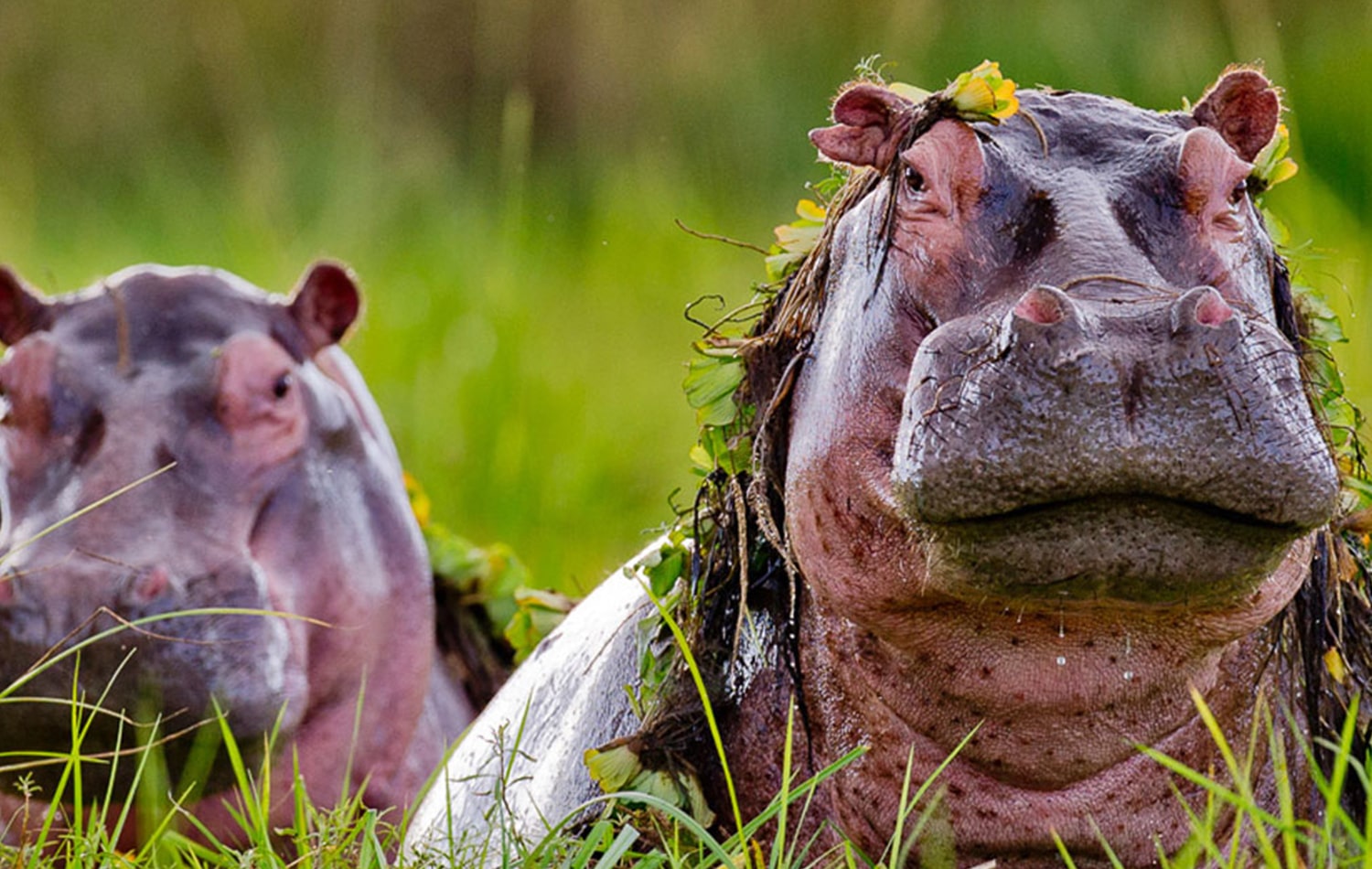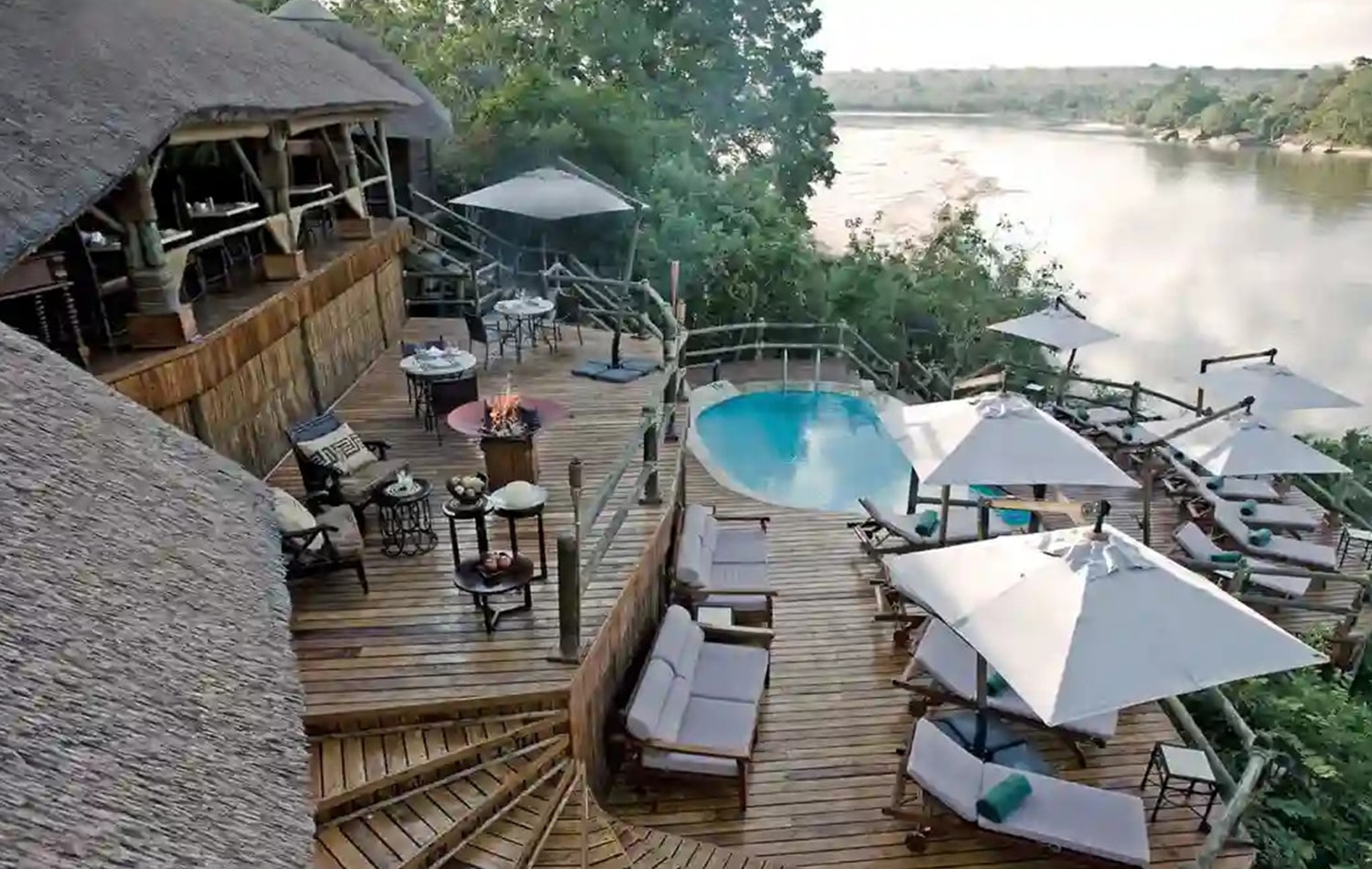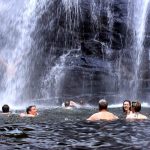

Overview
Selous Game Reserve, one of Africa’s largest protected wildlife areas, spans over 50,000 sq km in southern Tanzania. Renowned for its vast wilderness, it offers diverse habitats from savannahs and woodlands to riverine forests along the Rufiji River. Home to abundant wildlife including elephants, lions, hippos, and rare African wild dogs, Selous provides a remote, off-the-beaten-path safari experience with exceptional birdwatching and river safaris.
Sights
Map
Info
Vast Wilderness of Selous: Tanzania’s Largest Protected Area
Selous Game Reserve is a sprawling wildlife sanctuary located in southeastern Tanzania, covering approximately 50,000 square kilometers, making it one of Africa’s largest protected areas. Unlike the more commercialized northern circuit parks, Selous offers a vast, untouched wilderness experience where the raw beauty of nature unfolds without interruption. The reserve’s landscape is incredibly diverse, ranging from dense miombo woodlands and mopane forests to extensive savannah plains and lush riverine corridors shaped by the Rufiji River, Tanzania’s largest river.
This river system not only defines much of the park’s geography but also supports a complex mosaic of habitats, including floodplains, lakes, and swamps. These varied ecosystems create an ideal environment for a wide range of wildlife species, contributing to Selous’s designation as a UNESCO World Heritage Site. The remote nature of the reserve means it receives far fewer visitors compared to the Serengeti or Ngorongoro, preserving its pristine condition and offering visitors a more exclusive, intimate safari experience in a truly wild setting.
Rich Wildlife Diversity: A Sanctuary for Iconic and Rare Species
Selous Game Reserve is famed for its extraordinary biodiversity, hosting an estimated 70 to 100 mammal species, 450+ bird species, and numerous reptiles and amphibians. The reserve’s large size allows for thriving populations of iconic African wildlife, including one of the continent’s largest elephant populations, healthy numbers of African lions, leopards, and a rare stronghold for the endangered African wild dog. The Rufiji River is home to large pods of hippos and crocodiles, creating dramatic riverine scenes often viewed on boat safaris. The vast floodplains and woodlands also support herds of buffalo, giraffes, zebras, elands, sable antelopes, and numerous smaller mammals like dik-dik and bushbucks.
Bird enthusiasts are drawn to Selous for its remarkable avian diversity, including species such as the martial eagle, bateleur, pelicans, kingfishers, and the elusive African finfoot. The rich variety of habitats supports both resident and migratory birds, making it a premier destination for birdwatching. The combination of open plains and dense forest areas means wildlife sightings are both frequent and diverse, providing a uniquely immersive safari experience that ranges from thrilling predator encounters to peaceful observations of elusive forest dwellers.
Seasonal Changes and Safari Experience: When to Visit and What to Expect
The best time to visit Selous Game Reserve depends largely on your safari priorities and tolerance for weather conditions. The dry season, from June to October, is considered the prime time for game viewing as animals congregate near shrinking water sources, making wildlife easier to spot. During these months, the park’s roads are more accessible, and the weather is generally sunny and pleasant, ideal for both land and boat safaris. However, visiting during the wet season, which spans November to May with peak rains from March to May, offers a different but equally compelling experience.
The landscape transforms into vibrant green vistas, and the reserve’s rivers swell, creating unique opportunities for boat cruises and birdwatching as migratory species arrive. The wet season also sees the birth of many animals, offering the chance to witness newborn wildlife and predator-prey dynamics. While some areas may become challenging to access due to muddy roads, the overall serenity and lush scenery make it worthwhile for travelers seeking solitude and photography opportunities. Many lodges and camps operate year-round, providing tailored safari packages that maximize wildlife encounters and comfort regardless of the season.

